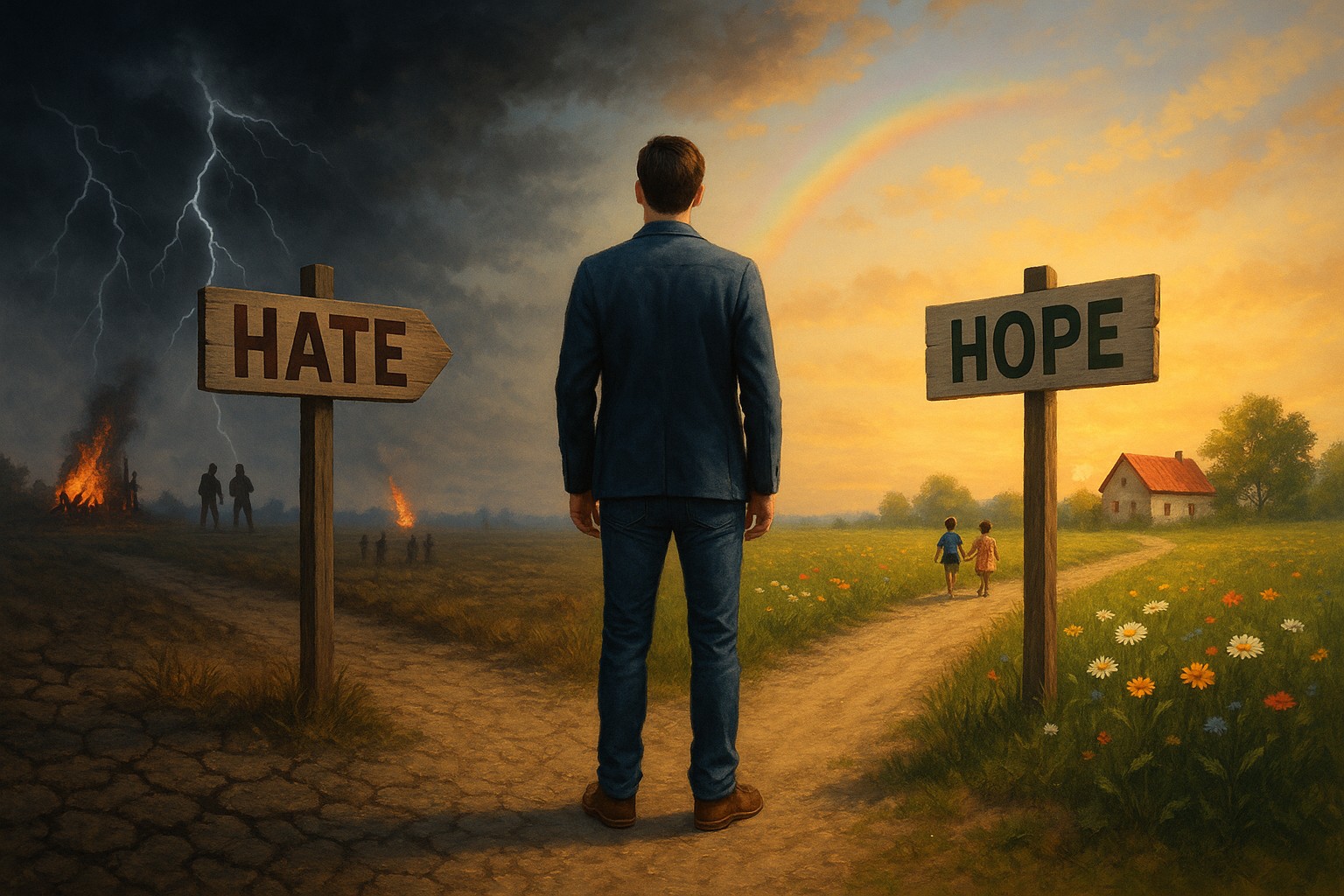National Anthems: The Soul of a Nation
An anthem isn’t just music. It’s a people’s heartbeat.
It tells who they are, what they’ve endured, and what they dream of becoming.
Israel’s Hatikvah (“The Hope”) sings of freedom and renewal.
Palestine’s Fida’i (“The Warrior”) cries of vengeance and blood.
Both were born in pain.
But they choose opposite paths — one of creation, the other of destruction.
“Our Hope Is Not Yet Lost” — Israel’s Song
“As long as in the heart within,
the Jewish soul yearns…
Our hope is not yet lost,
to be a free people in our land,
the land of Zion and Jerusalem.”
Hatikvah doesn’t roar. It breathes.
It dreams not of conquest but of coming home.
Its power lies in quiet courage — the kind that rebuilds, replants, revives.
It turns exile into purpose and longing into life.
Out of ashes, it builds a nation — not through hate, but through hope.
“With the Volcano of My Revenge” — Palestine’s Song
“With my determination, my fire,
and the volcano of my revenge…
I have climbed the mountains and fought the wars.”
Fida’i, adopted in 1996, burns hot.
Its hero is not a builder but a martyr.
Its dream is not peace, but payback.
It’s a song of struggle without an end —
a volcano that never cools, a fury that never heals.
Where Hatikvah sows, Fida’i scorches.
Hope Builds, Hate Burns
Hope and truth create. They plant seeds, mend wounds, and give meaning to pain.
Hate and lies destroy. They glorify death and call it destiny.
Hatikvah faces exile but insists on life.
Fida’i faces loss but clings to revenge.
Both are sung by all, from age 5 to 120.
Both cry out what’s inside.
One looks forward. The other looks back.
One plants vineyards. The other digs graves.
The Deeper Struggle
The real battle isn’t just between two nations.
It’s between two forces in the human soul:
The creative power of hope and truth,
and the destructive pull of hatred and illusion.
History shows which one endures.
The question is timeless:
Which anthem will you live by — the song of life, or the dirge of death?


